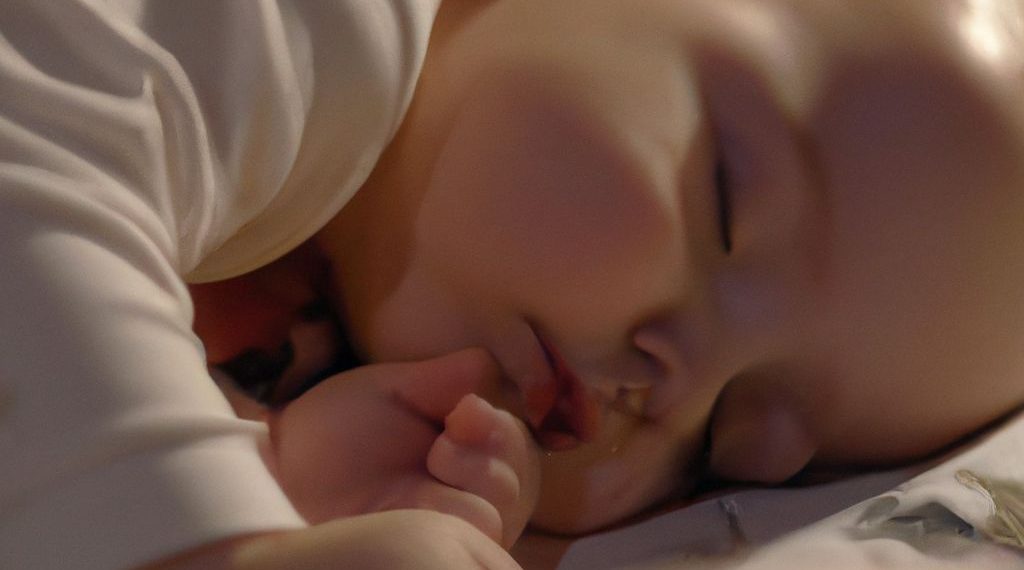Key Takeaway:
- A firm mattress is important for babies as it helps them move properly and supports their skeletal development.
- Using a soft mattress for babies can pose risks and may increase the chance of suffocation or Sudden Infant Death Syndrome (SIDS).
- When choosing a firm crib mattress, it is recommended to follow safety guidelines provided by Health Canada and the American Academy of Pediatrics, and consider factors such as mattress material, size, and breathability.
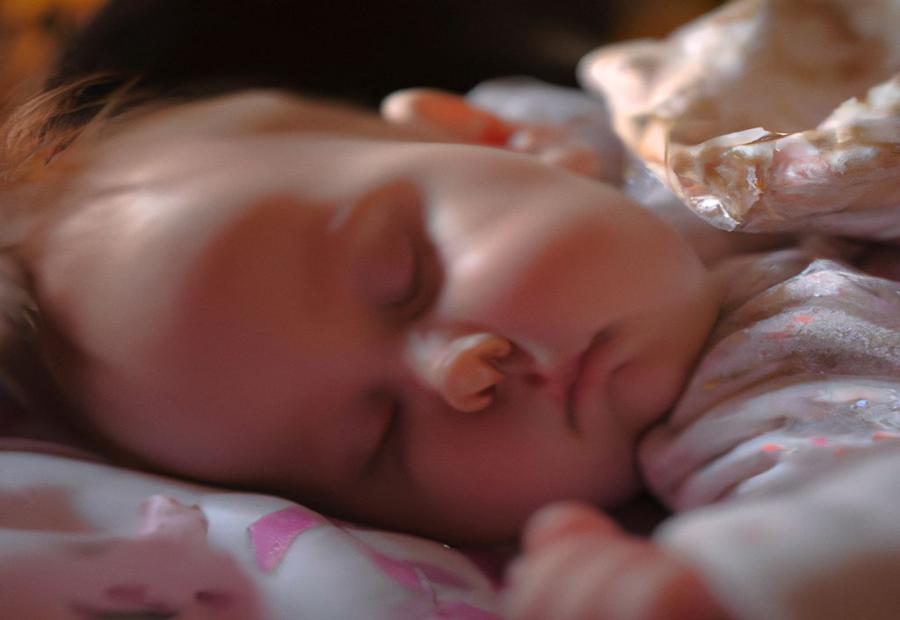
Photo Credits: Www.Mattressreviewguru.Com by Roy Rodriguez
A firm mattress plays a crucial role in ensuring the health and development of babies. In this section, we will explore how the importance of a firm mattress for babies goes beyond just comfort. We’ll discuss how it helps babies move properly and supports their skeletal development, while also highlighting the potential risks associated with using a soft mattress for infants. So let’s delve into the significance of providing a firm sleeping surface for our little ones.
Importance of a firm mattress for babies
A firm mattress is essential for babies. It helps them move properly and supports their skeletal growth. Plus, it positions the baby’s body correctly, reducing the risk of them sinking or getting stuck in a soft mattress. Babies spend many hours sleeping, so it’s vital to have a firm mattress that provides support.
Not only does a firm mattress support skeletal development, but it also decreases the risks associated with soft mattresses. These can be a suffocation hazard and increase the chance of SIDS. For this reason, Health Canada and the American Academy of Pediatrics suggest firm mattresses. Firm surfaces provide better airflow around the baby and reduce the risk of their face being blocked by bedding or pillows.
When buying a crib mattress, several things should be taken into account. Follow safety guidelines from Health Canada and the American Academy of Pediatrics for optimal safety. Ensure the mattress meets these guidelines, including thickness requirements and materials that offer appropriate support. Consider waterproofing, ease of cleaning, and hypoallergenic properties too. This will help make the mattress suitable for your baby.
How a firm mattress helps babies move properly and supports their skeletal development
Research shows that a firm mattress is vital for helping babies move and their skeletal development. It provides a stable surface, meaning the baby’s spine, hips, and neck can stay in optimal alignment. This helps muscles develop without restriction. Furthermore, it stops pressure points forming, preventing discomfort for the baby.
The firmness of the mattress helps weight spread evenly, which is key for bones growing correctly. It allows the spine to be aligned naturally while sleeping, reducing strain on bones and joints. Plus, a firm mattress gives adequate support as the baby grows.
Soft mattresses are risky for babies’ safety and well-being. An unstable surface can lead to suffocation or SIDS. Infants can’t change position or lift their heads if they have trouble breathing. That’s why a firm toddler mattress is best.
When buying a crib mattress, you must take into account thickness, material quality, and safety guidelines from Health Canada and the American Academy Of Pediatrics. A mattress with the right level of firmness is necessary.
Risks of using a soft mattress for babies
A soft mattress for babies can be dangerous to their health. A firm mattress is best for their skeletal development and encourages proper movement.
Health Canada and the American Academy of Pediatrics recommend ultra firm mattresses to reduce the risk of suffocation or SIDS.
Before purchase, consider factors such as density, material, and durability. Test the firmness to make sure it meets standards. Breathability and waterproofing should also be taken into account for safety and hygiene.
As the baby grows, a softer bed may seem tempting, but a firm mattress is still needed for optimal spinal support and comfort.
Soft mattresses for babies can cause risks like restricted movement, improper spine alignment, suffocation hazards, and an increased risk of SIDS. Safety should be the top priority when choosing the right crib mattress for your baby.
Recommendations for choosing a firm crib mattress
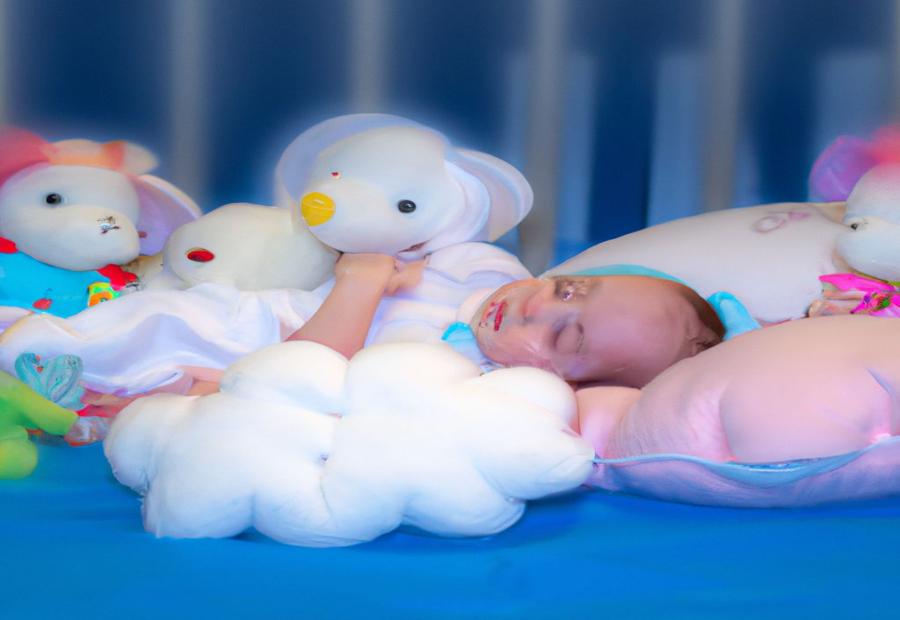
Photo Credits: Www.Mattressreviewguru.Com by Joshua Moore
When it comes to choosing a firm crib mattress for your baby, it’s crucial to consider the recommendations provided by reputable sources like Health Canada and the American Academy of Pediatrics. This section explores the safety guidelines outlined by these organizations and highlights the key factors to keep in mind when selecting a firm mattress for your little one’s sleep environment. Making informed decisions about your baby’s sleeping surface is essential for their comfort, support, and overall well-being.
Safety guidelines provided by Health Canada and American Academy Of Pediatrics
Health Canada and the American Academy of Pediatrics offer important safety guidelines to ensure babies are safe while sleeping. These regulations prioritize baby health and growth.
To make sure the crib mattress is secure, it must be firm, fit snugly in the crib frame, and not have any loose threads, buttons, or decorations. Furthermore, vinyl covers should be avoided as they can release hazardous gases or chemicals. Additionally, consider a non-toxic, hypoallergenic construction material.
Lastly, a waterproof mattress cover will prevent accidents from leaking into the mattress. Following these guidelines helps create a secure sleeping environment for babies and promotes healthy skeletal development.
Factors to consider when selecting a firm crib mattress
A firm crib mattress is a must for baby’s well-being. It helps their skeletal development and movement. Health Canada and the American Academy of Pediatrics have safety guidelines. When selecting, think about things like thickness, material, and air circulation.
Thickness is key. A thicker mattress gives better support and prevents sagging. Material matters too. Make sure it is non-toxic and free of chemicals. Breathability is essential. Look for good air circulation to avoid overheating and make sure baby is comfy.
These factors are important when picking a firm crib mattress. This ensures baby’s safety and comfort needs will be met.
Testing the firmness of a mattress
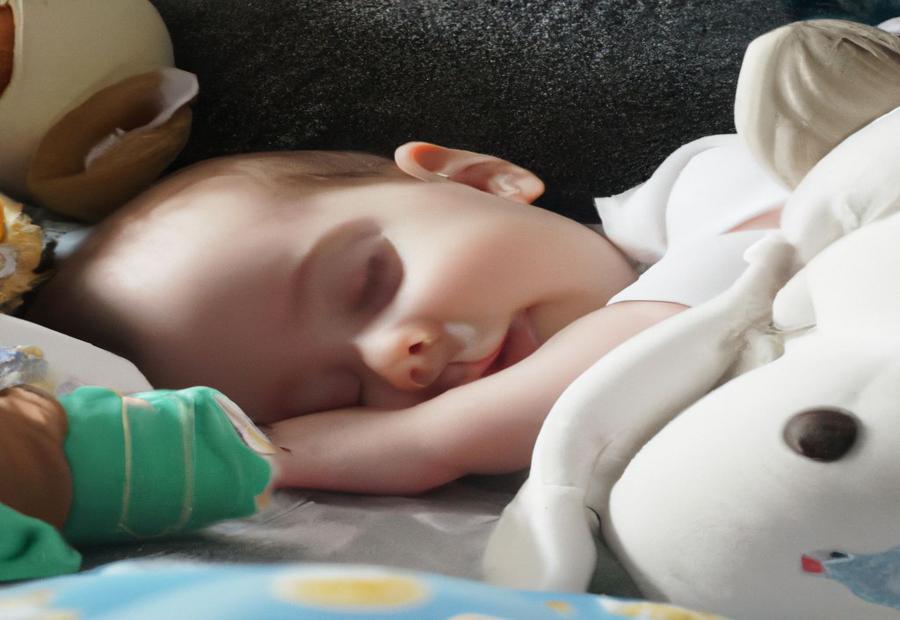
Photo Credits: Www.Mattressreviewguru.Com by Stephen Jackson
Firmness in a mattress is a must-have for a baby’s safety and wellbeing during sleep. Firm mattresses reduce the risk of SIDS and ensure proper spinal alignment. Here’s a guide for testing mattress firmness:
- Press Test: Gently press your hand on the mattress surface. It should feel firm and bounce back, without conforming to your hand’s shape.
- Weight Distribution: Lie on the mattress and see how your weight is spread. A firm mattress should support your body evenly across, with no pressure on any point.
- Edge Support: Sit on the edge of the mattress and test its stability. A firm mattress should support you, so you don’t sink or roll off the bed.
- Motion Transfer: With a partner, test the mattress for motion transfer. A firm mattress should absorb minimal motion, allowing for undisturbed sleep.
Remember, babies have different needs than adults. The firmness of a mattress depends on the materials used. So pick an informed choice that meets your baby’s needs. Don’t compromise on firmness; it’s essential for safety and healthy sleep. Create a safe sleep environment now and select a firm mattress for your baby.
Factors to consider when purchasing a crib mattress
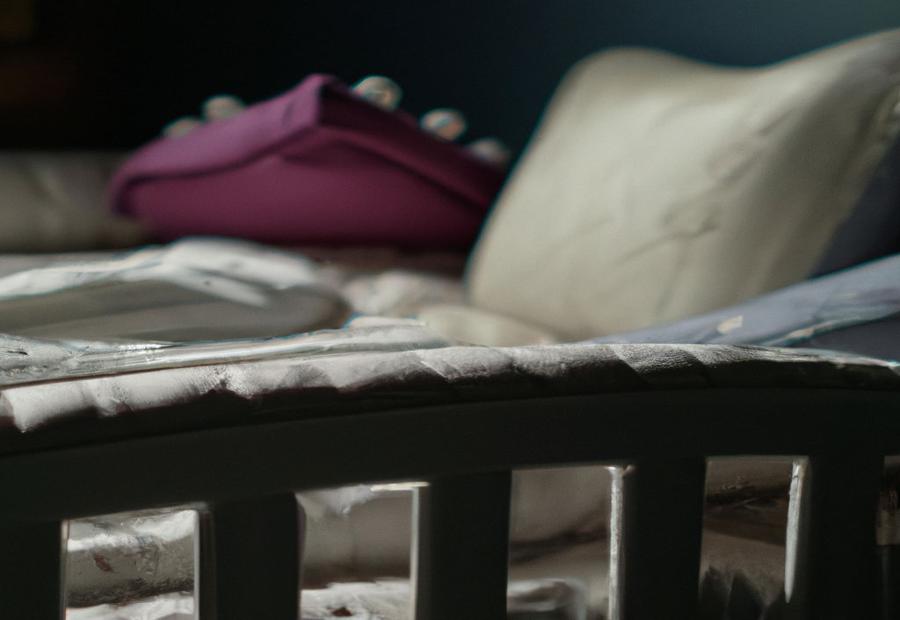
Photo Credits: Www.Mattressreviewguru.Com by Brandon Campbell
Purchasing a crib mattress requires careful consideration. Firmness is key – babies need a firm surface for their developing bodies and to prevent SIDS. Non-toxic, hypoallergenic materials should be used. The size and fit of the mattress must be correct – no gaps! Waterproof and washable are great features to have. Certifications like GREENGUARD Gold and safety standards like ASTM are essential. Ventilation is also important – heat and moisture can be a risk. Reference data shows how a firmer mattress improved a baby’s sleep and development. A crib mattress plays a key role in an infant’s well-being.
Transitioning to a softer bed as the baby grows
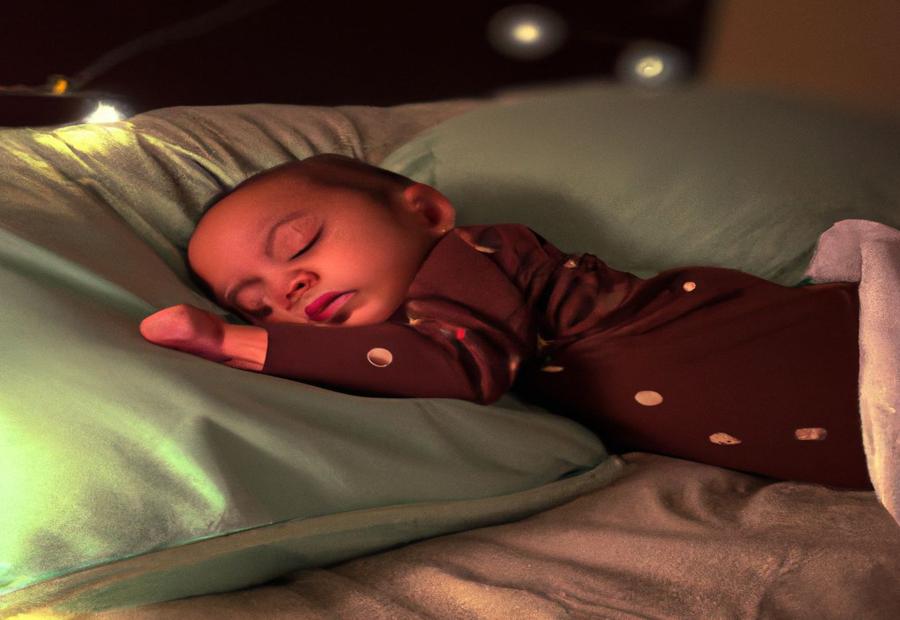
Photo Credits: Www.Mattressreviewguru.Com by Alan Wilson
- Assess their current sleep environment. Check the firmness of the mattress and type of bedding they use.
- Introduce a slightly softer surface. Put a thin layer of padding or mattress topper on their existing mattress.
- Monitor their comfort levels. Watch their sleep patterns and behavior to make sure they’re comfortable.
- Increase the softness gradually. Add thicker padding or a softer mattress over time.
- Make sure they have proper support. Choose a mattress or padding that provides enough support for their growing body.
Remember, every baby is different. Ask a pediatrician or sleep specialist for advice. Give your baby the best possible sleep experience by transitioning to a softer bed today.
Conclusion
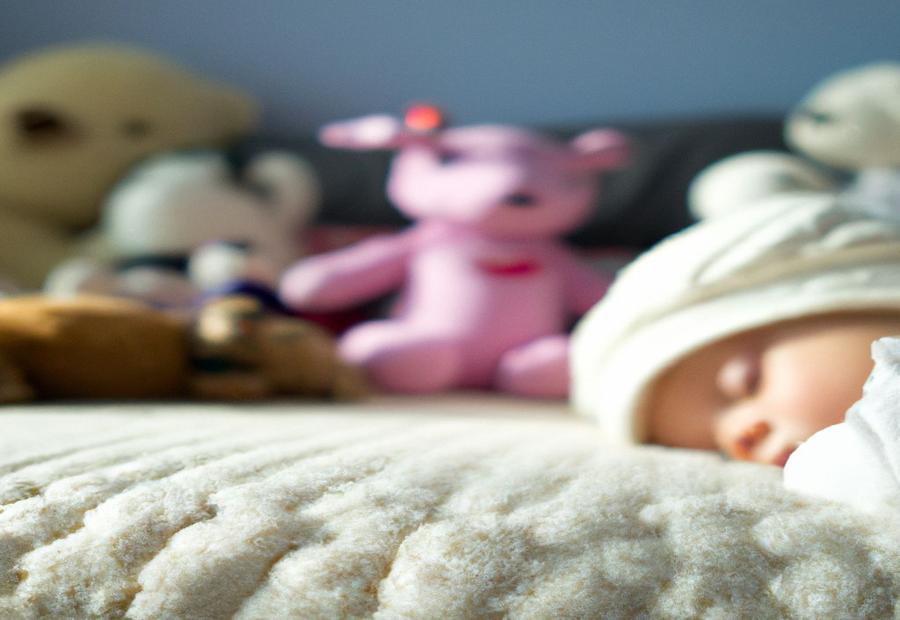
Photo Credits: Www.Mattressreviewguru.Com by Zachary Garcia
Babies need a firm mattress for several reasons. Firstly, it gives optimal support for their developing bodies, helping align their spine and prevent any health issues. Further, it reduces the risk of suffocation and SIDS by providing a safe sleeping environment. Plus, it promotes good sleeping habits and comfort, for a restful sleep. So, parents must ensure the mattress meets safety standards and provides the necessary firmness.
When it comes to choosing a mattress, the firmness is key. Data emphasizes the importance of firmness, to promote spinal alignment and prevent health issues. Also, it reduces the risk of SIDS, for a safe sleep. Therefore, parents should prioritize firm mattresses while selecting a mattress for their little ones.
Besides, a firm mattress helps promote good sleeping habits in babies. The stable and comfortable surface allows a restful sleep, which is essential for their growth. By providing a firm mattress, parents can help establish healthy sleep patterns.
It is important to choose a mattress that meets safety standards. It should be firm enough, but not too rigid or uncomfortable. Moreover, safety guidelines like using a fitted sheet and no pillows, stuffed toys, or excess bedding should be followed. This gives a safe and supportive sleep for the toddler.
For example, one mother said her baby’s sleep improved after switching to a firm full size mattress. Before, the baby had restlessness and frequent wake-ups. But, after using a mattress recommended by their pediatrician, their sleep quality improved. This shows the importance of a firm mattress for babies’ sleep.
Some Facts About Why Do Babies Need to Sleep on a Firm Mattress:
- ✅ Soft mattresses can increase the risk of suffocation and SIDS for babies. (Source: Team Research)
- ✅ Experts recommend using a firm, flat sleep surface for babies to ensure their safety and skeletal support. (Source: Team Research)
- ✅ A firm mattress provides support for a baby’s flexible bones and allows them to move without sinking into the surface. (Source: Team Research)
- ✅ The American Academy of Pediatrics recommends a mattress with a firmness rating of 7-8 on a scale of 1-10 for infants. (Source: Room Mattress)
- ✅ It is important to choose a crib mattress made with high-quality materials and clean it regularly to ensure durability and maintenance. (Source: Team Research)
FAQs about Why Do Babies Need To Sleep On A Firm Mattress
Why is it important for babies to sleep on a firm mattress?
It is important for babies to sleep on a firm mattress to ensure their safety and skeletal support. Soft mattresses can increase the risk of suffocation and SIDS.
What are the risks associated with soft surfaces for baby’s sleep?
Soft surfaces, like adult beds or couches, can conform to the shape of the baby’s head and increase the risk of suffocation. Soft surfaces also increase the risk of suffocation if the baby rolls onto their stomach.
What factors should be considered when purchasing a crib mattress?
When purchasing a crib mattress, factors such as firmness, size, quality, durability, and maintenance should be considered to ensure utmost safety and healthy growth for the baby.
Can babies sleep on a soft bed or use soft bedding?
No, babies should not sleep on a soft bed or use soft bedding. Soft mattresses and bedding can cause discomfort and alignment issues, as well as increase the risk of suffocation and SIDS.
When can babies transition to a softer bed?
Babies can transition to a softer bed around the age of 1.5-2 years. However, it is still important to avoid excessively soft mattresses to provide adequate underlying support for their developing bones.
How can I ensure my baby’s crib mattress is firm enough?
To ensure the firmness of a crib mattress, you can perform the FIRMS checklist, which includes checking for a firm and flat surface, testing for indentation resistance, ensuring the mattress is not on the recall list, checking the edges and corners for stability, and avoiding softer mattresses.

